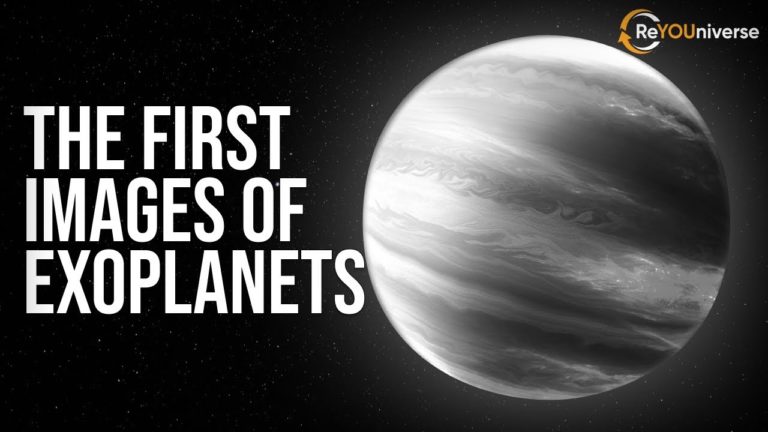The First Real Images of Exoplanets – What Have We Discovered?
What is the Exoplanets ?
An exoplanet or extrasolar planet is a planet outside the Solar System. The first possible evidence of an exoplanet was noted in 1917, but was not recognized as such. The first confirmation of detection occurred in 1992. This was followed by the confirmation of a different planet, originally detected in 1988. As of 1 September 2021, there are 4,834 confirmed exoplanets in 3,572 planetary systems, with 795 systems having more than one planet.
There are many methods of detecting exoplanets. Transit photometry and Doppler spectroscopy have found the most, but these methods suffer from a clear observational bias favoring the detection of planets near the star; thus, 85% of the exoplanets detected are inside the tidal locking zone. In several cases, multiple planets have been observed around a star.About 1 in 5 Sun-like stars[a] have an “Earth-sized”[b] planet in the habitable zone.[c] Assuming there are 200 billion stars in the Milky Way,[d] it can be hypothesized that there are 11 billion potentially habitable Earth-sized planets in the Milky Way, rising to 40 billion if planets orbiting the numerous red dwarfs are included.
The least massive planet known is Draugr (also known as PSR B1257+12 A or PSR B1257+12 b), which is about twice the mass of the Moon. The most massive planet listed on the NASA Exoplanet Archive is HR 2562 b, about 30 times the mass of Jupiter, although according to some definitions of a planet (based on the nuclear fusion of deuterium), it is too massive to be a planet and may be a brown dwarf instead. Known orbital times for exoplanets vary from a few hours (for those closest to their star) to thousands of years. Some exoplanets are so far away from the star that it is difficult to tell whether they are gravitationally bound to it. Almost all of the planets detected so far are within the Milky Way. There is evidence that extragalactic planets, exoplanets farther away in galaxies beyond the local , may exist. The nearest exoplanets are located 4.2 light-years (1.3 parsecs) from Earth and orbit Proxima Centauri, the closest star to the Sun.
The discovery of exoplanets has intensified interest in the search for extraterrestrial life. There is special interest in planets that orbit in a star’s habitable zone, where it is possible for liquid water, a prerequisite for life on Earth, to exist on the surface. The study of planetary habitability also considers a wide range of other factors in determining the suitability of a planet for hosting life.
Rogue planets are those that do not orbit any star. Such objects are considered as a separate category of planet, especially if they are gas giants, which are often counted as sub-brown dwarfs.[18] The rogue planets in the Milky Way possibly number in the billions or more.
This exciting journey will take us 300 light-years away from Earth. We’ll make several stops along the way to see one of the most beautiful planets ever, a dark pink planet, the color of Japanese cherry blossoms; a planet closely resembling our Jupiter; and finally we’ll see the whole exoplanet system that astronomers have had the chance to photograph!
These are the first exoplanets we were actually able to see! The first real images of planets outside the solar system – exoplanets.
Do not forget to share your opinion with us to provide you with the best posts




0 Comments